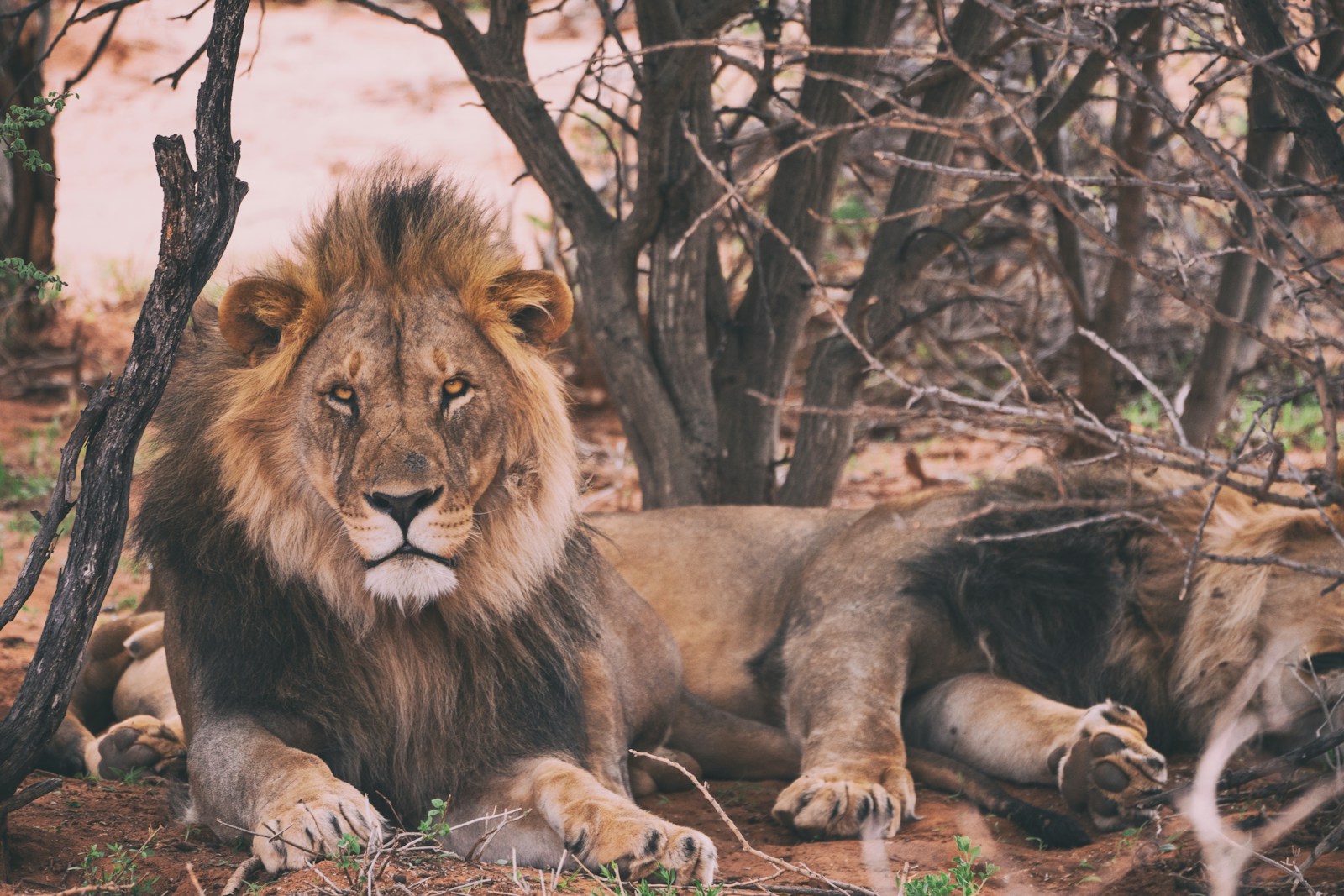For decades, wildlife management focused on protecting prey species while eliminating predators. This approach, once considered scientifically sound, has proven shortsighted as ecosystems worldwide have fallen out of balance. Today, conservation biologists recognize that apex predators—those at the top of the food chain—are not merely fierce hunters but rather keystone species that engineer healthier, more resilient ecosystems. From wolves in Yellowstone to jaguars in South American reserves, the reintroduction of these magnificent animals has yielded cascading benefits that extend far beyond what experts initially predicted. This article explores the remarkable ecological transformations and unexpected advantages that occur when we bring nature’s top hunters back to their rightful place in protected landscapes.
The Historical Removal of Predators
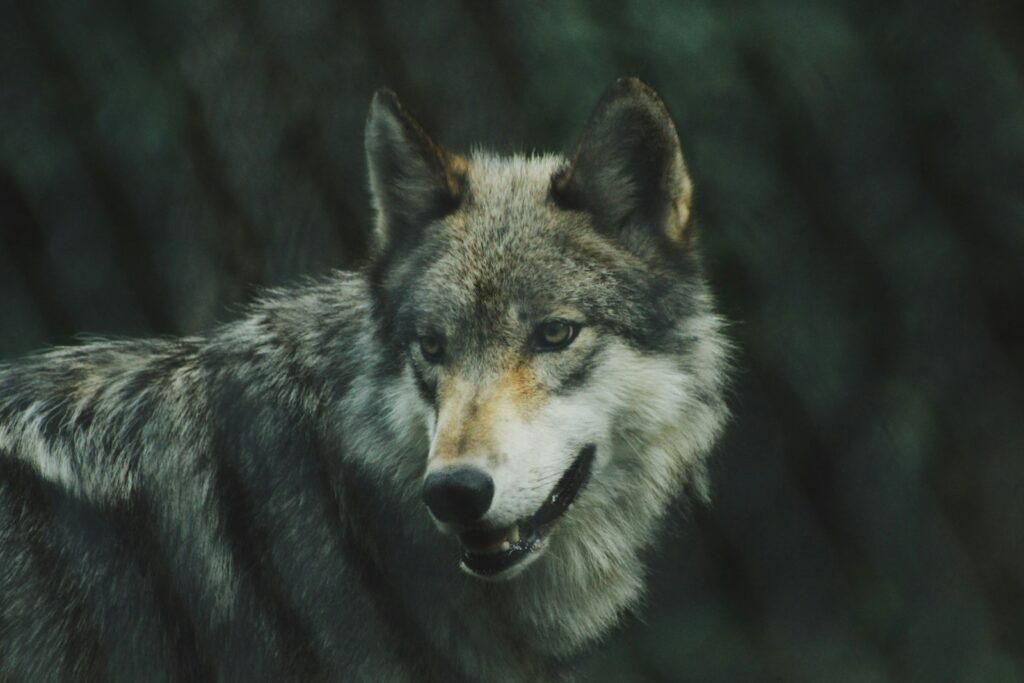
Throughout the 19th and 20th centuries, government policies across North America and Europe actively encouraged the extermination of apex predators like wolves, bears, and large cats. Bounty programs rewarded hunters for killing these animals, driven by livestock protection concerns and misguided notions that eliminating predators would increase game animals for human hunters. By the mid-20th century, species like the gray wolf had been completely eradicated from vast portions of their historic range, including virtually all of the contiguous United States outside of Minnesota. This systematic removal represented one of the most dramatic human-caused alterations to natural ecosystems, the consequences of which would take decades to fully understand. The subsequent ecological imbalances—exploding ungulate populations, habitat degradation, and declining biodiversity—eventually forced scientists and land managers to reconsider the vital role these predators played.
Trophic Cascades: The Ripple Effect
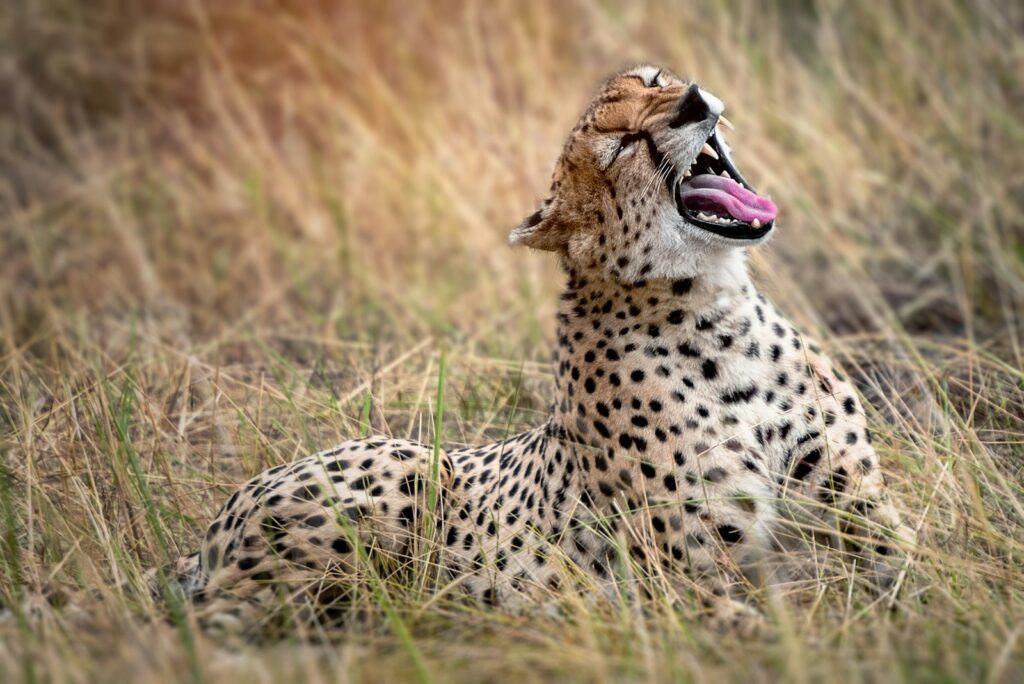
The reintroduction of apex predators triggers what ecologists call a “trophic cascade”—a powerful chain reaction that affects every level of the ecosystem. When predators return, they immediately influence the behavior of prey species, which must become more vigilant and mobile to avoid predation. This behavioral shift prevents overgrazing in any single location, allowing vegetation to recover in areas that had been chronically overgrazed. As plant communities rebound, they provide habitat for countless smaller species from insects to birds, while also stabilizing stream banks and reducing erosion. Perhaps most famously, the return of wolves to Yellowstone National Park in 1995 led to the recovery of aspen, willow, and cottonwood trees in riparian areas, as elk could no longer safely stand in one place browsing vegetation to the ground. This single reintroduction ultimately affected everything from beaver populations to songbird diversity, demonstrating how profoundly a top predator can reshape an entire ecosystem.
The Yellowstone Success Story
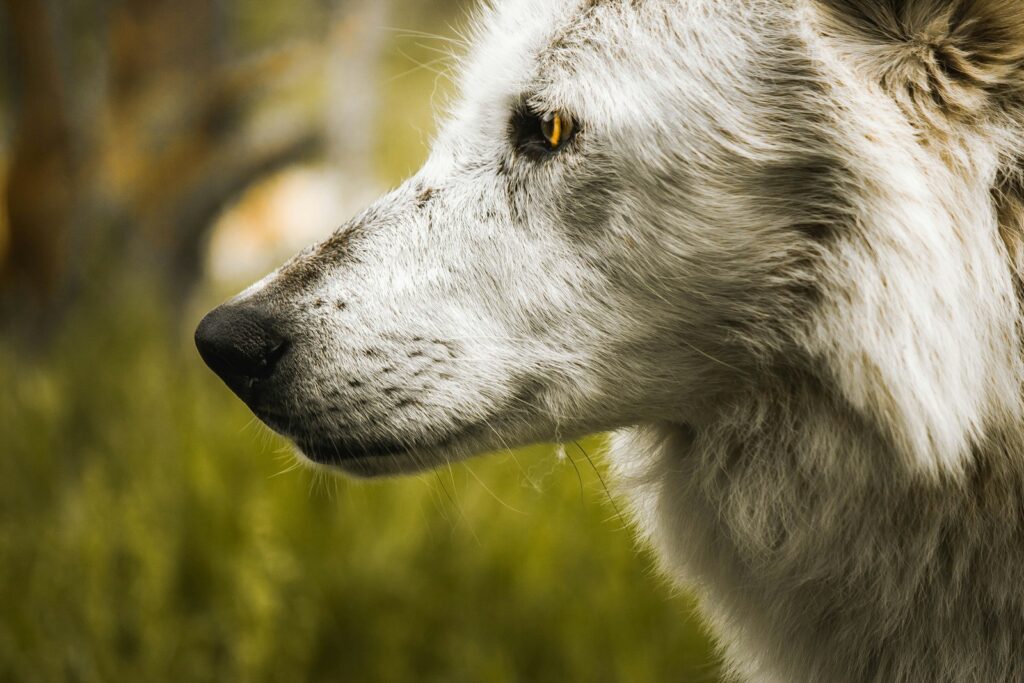
Yellowstone National Park’s wolf reintroduction program stands as perhaps the most studied and celebrated example of apex predator restoration. After a 70-year absence, 31 gray wolves were released into the park between 1995 and 1997, with dramatic results that surprised even the scientists involved. The wolves quickly established territories and began hunting the park’s abundant elk, whose population had swelled to unsustainable numbers in the predators’ absence. Beyond simply reducing elk numbers, wolves changed elk behavior—the ungulates began avoiding certain areas, particularly valleys and riverbanks where they were vulnerable to ambush. This behavioral shift allowed young saplings of aspen, willow, and cottonwood to survive for the first time in decades, eventually growing into mature trees. The recovering vegetation stabilized eroding riverbanks, created shade that cooled water temperatures, and provided habitat for beavers, which returned to build dams that further transformed the landscape. Yellowstone’s transformation has become a textbook example of ecological restoration through predator reintroduction, inspiring similar efforts worldwide.
Controlling Mesopredator Populations
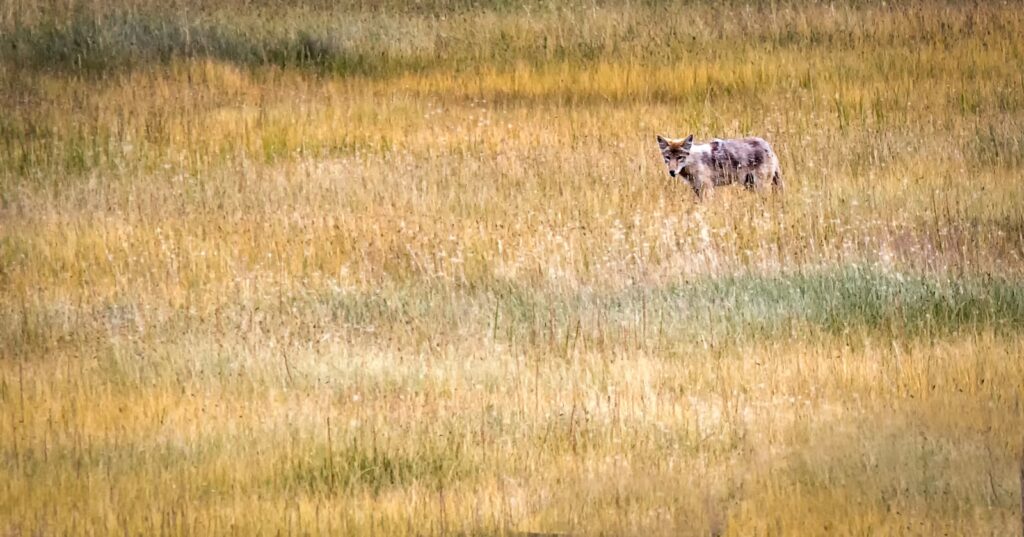
One unexpected benefit of apex predator reintroduction is the natural regulation of medium-sized predators, known as mesopredators. When top predators disappear, mesopredators like coyotes, raccoons, and foxes often experience population explosions, a phenomenon ecologists call “mesopredator release.” These booming populations can devastate small game, ground-nesting birds, and other vulnerable species. The return of apex predators helps restore this imbalance through direct competition and predation. In Yellowstone, wolf packs actively hunt and kill coyotes, reducing their numbers by an estimated 50% in some areas of the park. Similarly, in areas where mountain lions have returned, raccoon populations tend to decline and behave more cautiously, indirectly protecting the small reptiles and amphibians they would otherwise consume. This natural form of population control helps maintain diversity throughout the food web in ways that human management alone could never achieve, demonstrating the elegant complexity of intact predator-prey relationships.
Increased Biodiversity Through Scavenging
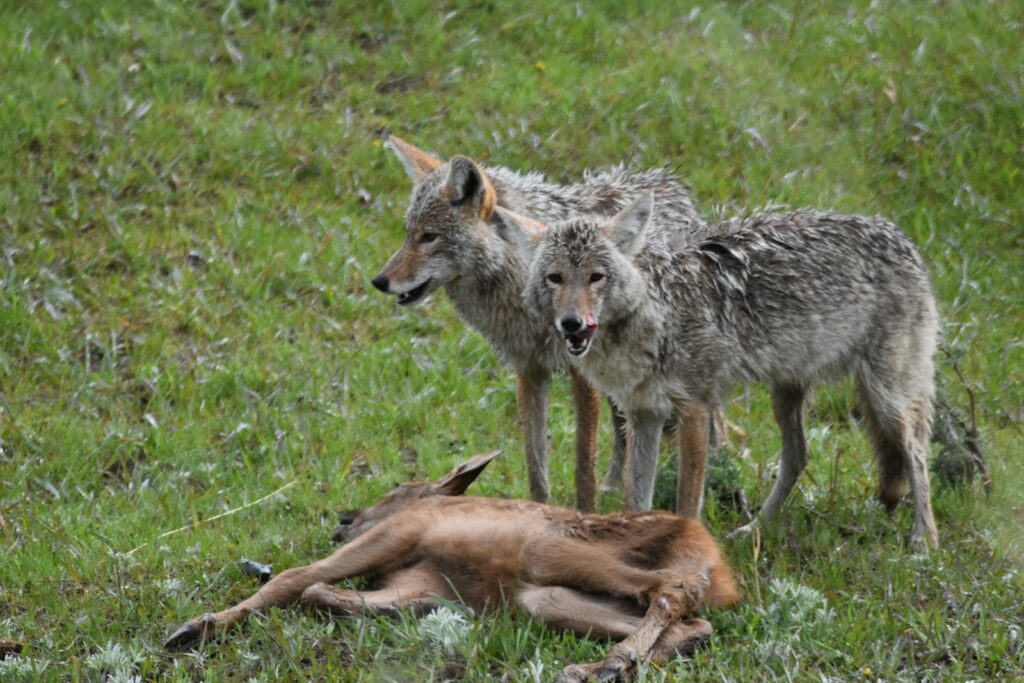
Apex predators provide an often-overlooked ecosystem service through the carcasses they leave behind. When wolves, bears, or big cats make a kill, they rarely consume the entire prey animal, creating a bonanza for scavengers and decomposers. These remains support diverse communities of species from ravens and eagles to beetles and microorganisms. In Yellowstone, researchers documented more than 30 different species feeding on wolf-killed elk carcasses, many of which struggled to find sufficient food before the wolves’ return. During harsh winter months, these carrion resources become particularly crucial for survival of species like wolverines, eagles, and ravens. The regular distribution of carcasses across the landscape creates what ecologists call “hotspots of biodiversity,” where nutrient cycling accelerates and specialized decomposer communities flourish. This redistribution of nutrients throughout the ecosystem represents a vital but previously diminished ecological process that only returns to full function when apex predators are present.
Disease Control in Prey Populations
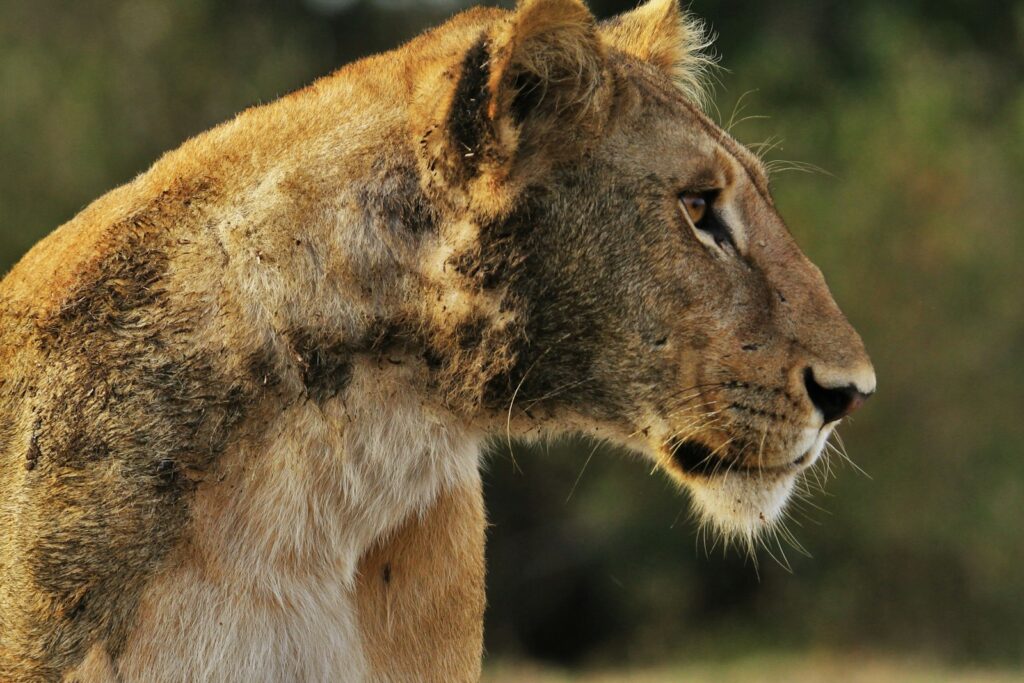
Apex predators serve as nature’s disease control specialists, targeting vulnerable animals that are easier to catch—often those weakened by illness, parasites, or genetic abnormalities. This selective predation pressure helps prevent the spread of infectious diseases through prey populations by removing sick individuals before they can transmit pathogens to healthy animals. Research in various ecosystems has shown that predator-free areas often experience higher rates of disease among herbivores, with sometimes devastating consequences. For instance, studies of wolf predation on white-tailed deer reveal that wolves are significantly more likely to target deer infected with chronic wasting disease (CWD), potentially slowing the spread of this fatal prion disease that threatens deer populations across North America. Similarly, lions preferentially hunt buffalo showing signs of tuberculosis, effectively removing disease reservoirs from the herd. This natural form of disease control becomes increasingly important as wildlife diseases pose growing threats to both animal and human health in our interconnected world.
Climate Resilience and Carbon Sequestration
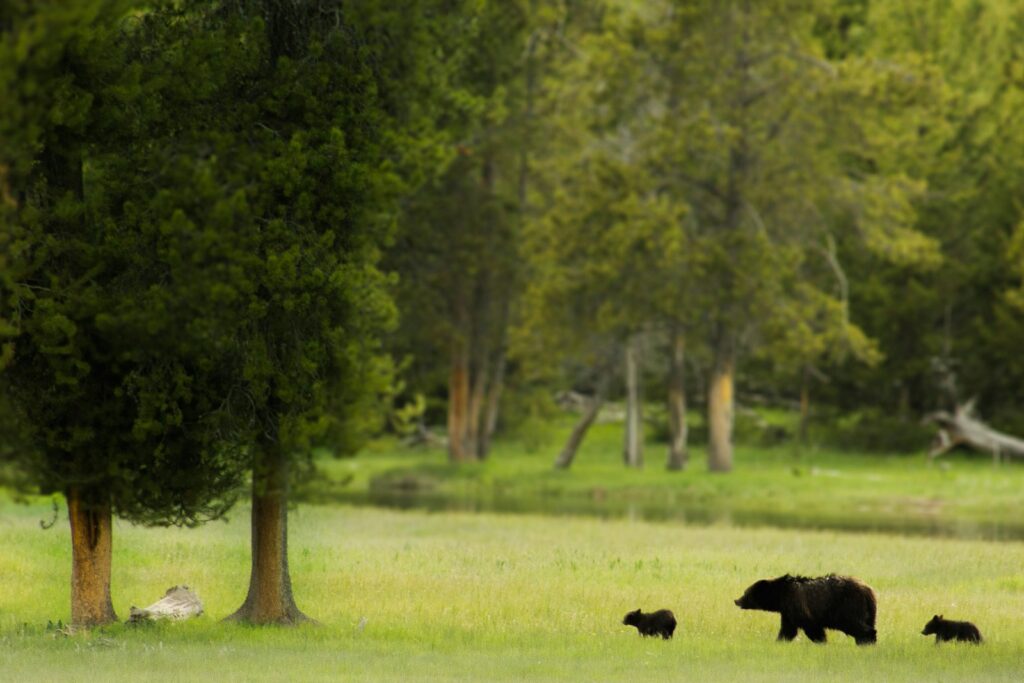
Perhaps the most surprising benefit of apex predator reintroduction is its potential impact on climate change mitigation. When predators alter herbivore behavior and reduce browsing pressure, plant communities recover and expand, increasing carbon sequestration. In Yellowstone, the regrowth of aspen and willow forests following wolf reintroduction has significantly increased the park’s carbon storage capacity. Beyond direct carbon sequestration, predator-driven ecosystem changes like beaver dam construction create wetlands that store additional carbon while improving watershed function and resilience to drought. Research from multiple ecosystems suggests that predator-mediated vegetation changes may help landscapes better withstand climate extremes by improving soil moisture retention and reducing erosion during intense precipitation events. While reintroducing predators alone won’t solve the climate crisis, their ecological engineering effects create more resilient landscapes better equipped to adapt to changing conditions, demonstrating how intact food webs contribute to ecosystem stability in unexpected ways.
Economic Benefits Through Ecotourism
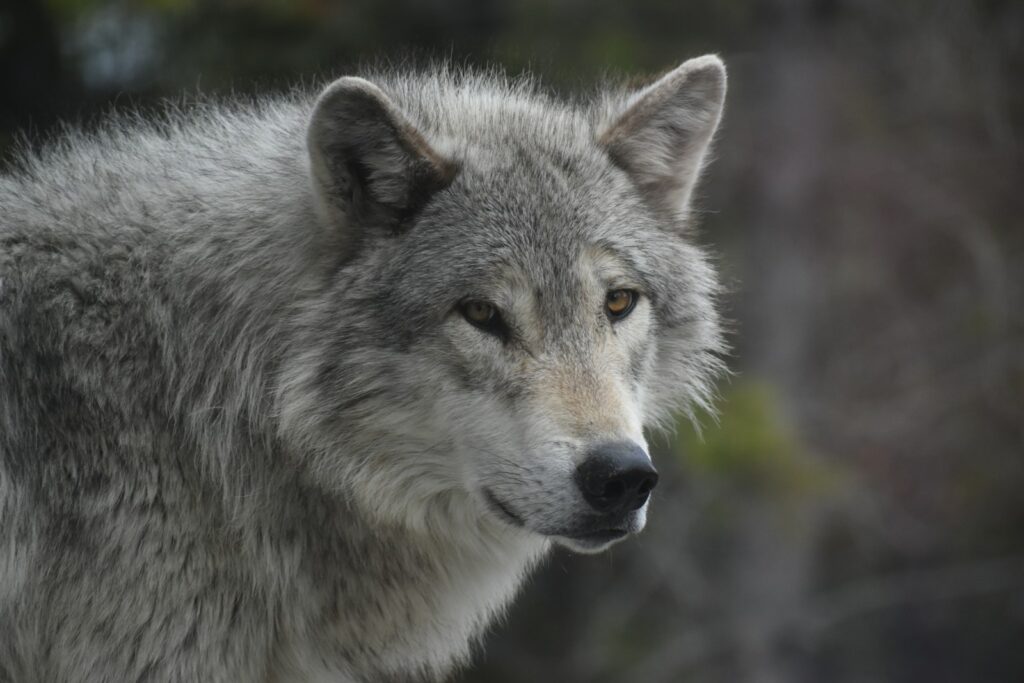
The return of charismatic predators to parks and protected areas often generates substantial economic benefits through increased tourism. Visitors flock to these locations hoping to catch a glimpse of these magnificent animals in their natural habitat, bringing tourist dollars to local economies. Yellowstone’s wolf reintroduction provides a compelling economic case study, with wolf-watching activities alone generating an estimated $35 million annually for gateway communities surrounding the park. This influx benefits hotels, restaurants, guide services, and other local businesses, creating jobs in rural areas where economic opportunities might otherwise be limited. Similar economic boosts have been documented following predator reintroductions or recoveries elsewhere, from bear viewing in Alaska to tiger tourism in India. The economic value extends beyond direct tourism spending—studies show that properties near protected areas with intact predator populations often command premium prices, reflecting the desirability of access to these wild experiences. These tangible economic benefits help build local support for conservation initiatives that might otherwise face opposition.
Challenges in Human-Predator Coexistence
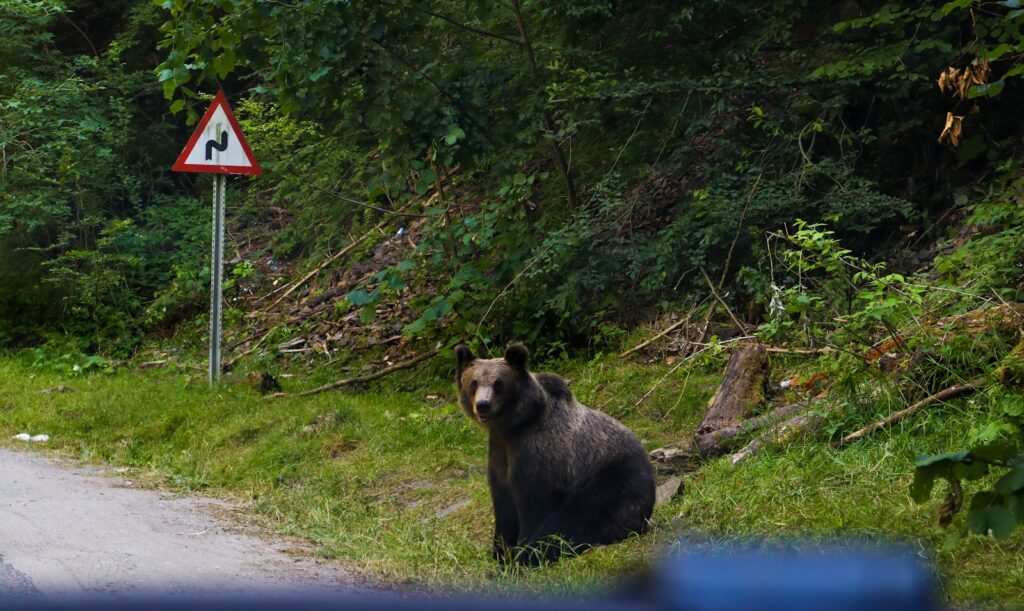
Despite their ecological benefits, reintroducing apex predators inevitably creates challenges for human communities living near protected areas. Livestock predation represents the most direct economic conflict, as wolves, big cats, and bears occasionally kill domesticated animals when their territories overlap with ranching operations. These losses, while statistically small compared to other causes of livestock mortality, can create significant hardship for individual producers and fuel opposition to predator recovery programs. Beyond economic concerns, the perceived threat to human safety—though statistically minimal with proper precautions—creates psychological barriers to acceptance in some communities. Conservation organizations have developed innovative solutions to address these challenges, including compensation programs for verified livestock losses, range riders who monitor herds in predator territory, and improved livestock husbandry techniques that reduce vulnerability to predation. Successfully navigating these human dimensions requires inclusive stakeholder engagement, cultural sensitivity, and recognition that the costs and benefits of predator reintroduction are not evenly distributed across society.
Managing Public Perceptions and Fear
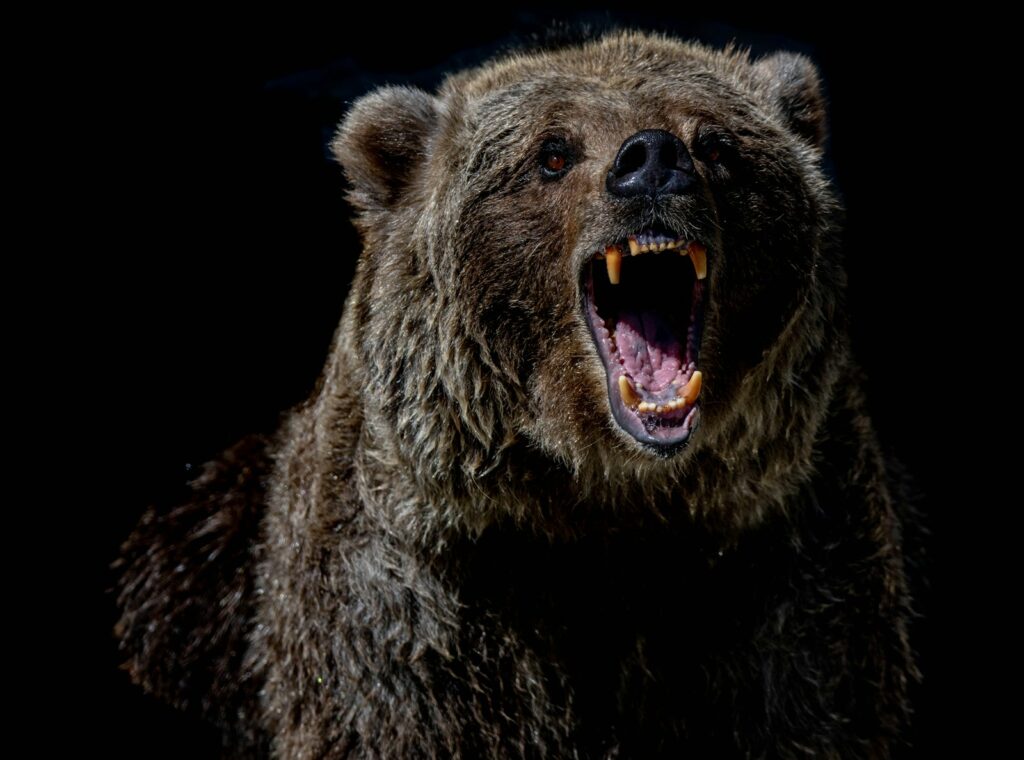
Public perception and deep-seated cultural fears represent significant challenges to predator reintroduction programs. Centuries of folklore, fairy tales, and media portrayals have embedded negative stereotypes of predators as malevolent threats to human safety, despite statistical evidence showing such risks are minimal with proper precautions. Conservation agencies must invest heavily in education and outreach to address these perceptions, providing accurate information about predator behavior while acknowledging and respecting genuine concerns. Successful programs often incorporate community-based monitoring where local residents participate in tracking and studying the reintroduced animals, building trust through direct involvement and shared knowledge. Social science research indicates that attitudes toward predators tend to improve over time following reintroduction, as communities adapt and develop new cultural narratives around coexistence. Children raised in regions with established predator populations typically demonstrate more positive attitudes than older generations, suggesting that perceptions evolve as direct experience replaces abstract fear. Transparent communication about both the benefits and challenges of living with predators proves essential to building the public support necessary for long-term conservation success.
Rewilding Beyond Parks: Corridor Creation
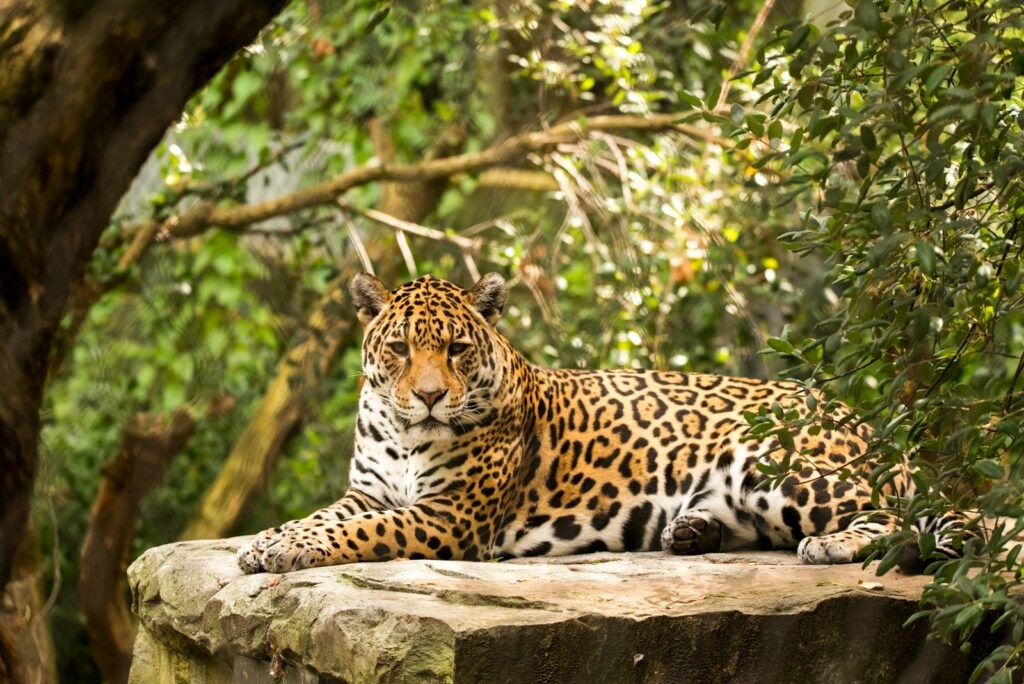
The most forward-thinking predator reintroduction efforts recognize that isolated parks alone cannot sustain healthy predator populations over generations. These animals require vast territories and genetic connectivity between populations to maintain evolutionary potential and avoid inbreeding depression. Conservation biologists increasingly focus on creating wildlife corridors—protected pathways that allow animals to move safely between habitat fragments. The Yellowstone to Yukon Conservation Initiative exemplifies this approach, working to maintain and restore connectivity along a 2,000-mile mountain corridor that allows wolves, grizzlies, and other wildlife to travel between protected areas. Similar efforts worldwide, like the Jaguar Corridor Initiative in Latin America, seek to preserve movement pathways for apex predators across increasingly fragmented landscapes. These corridors benefit not just predators but countless other species that piggyback on the habitat protection intended for charismatic carnivores. By thinking beyond park boundaries, conservationists hope to create functional ecosystems at scales large enough to sustain the natural movements and behaviors of apex predators, ultimately benefiting entire ecological communities.
Scientific Monitoring and Adaptive Management
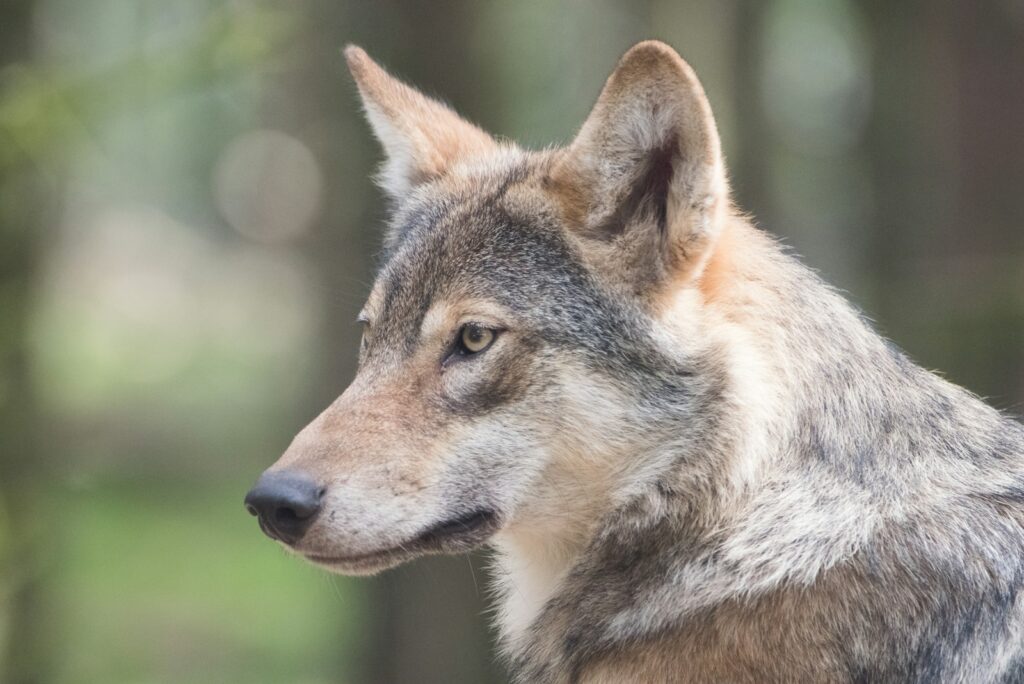
Successful predator reintroduction programs rely on rigorous scientific monitoring and adaptive management approaches to track outcomes and address emerging challenges. Modern wildlife biology employs sophisticated tools like GPS collars, remote cameras, and genetic sampling to monitor predator movements, hunting behavior, and population dynamics with unprecedented detail. This data allows managers to make evidence-based decisions about managing conflicts, adjusting protection measures, or modifying reintroduction strategies based on actual outcomes rather than assumptions. The Yellowstone wolf reintroduction exemplifies this approach, with decades of continuous monitoring creating one of the richest datasets on predator ecology ever assembled. When unexpected outcomes emerge—whether positive surprises like beaver population recovery or challenges like shifts in elk migration patterns affecting hunting opportunities outside the park—managers can respond with targeted interventions. This commitment to ongoing research and adaptive management acknowledges that predator reintroduction represents not a one-time action but rather the beginning of a new relationship between humans, predators, and landscapes that requires continued attention and refinement.
The Future of Predator Reintroductions
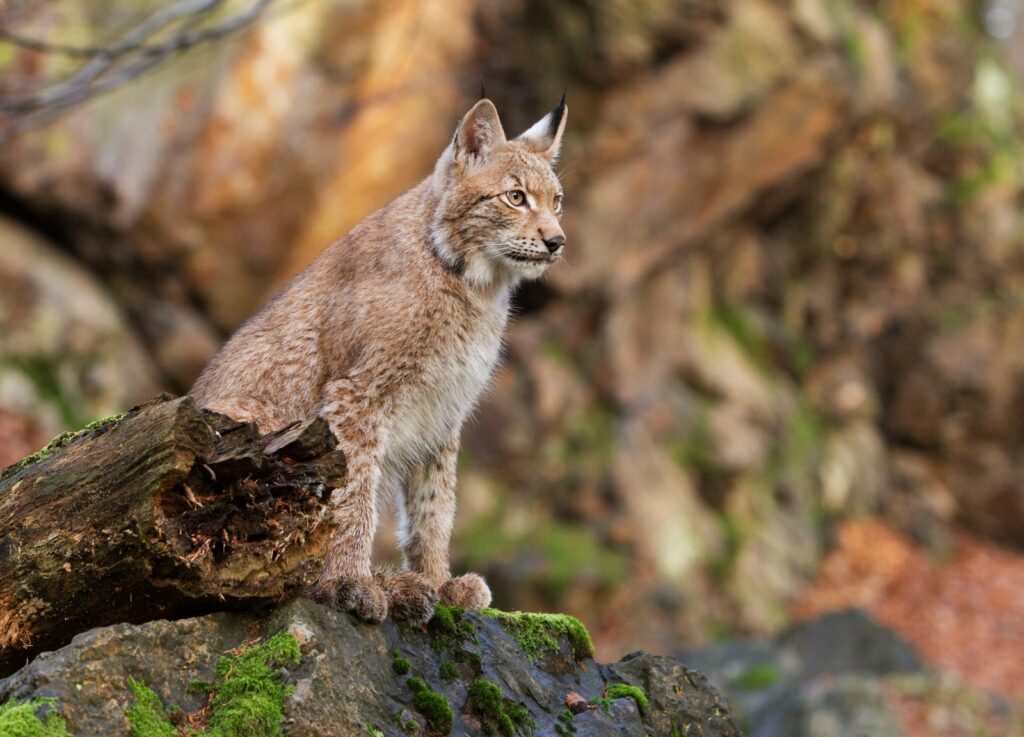
Looking ahead, the science of predator reintroduction continues to evolve, with ambitious new projects planned across multiple continents. In Europe, lynx are returning to forests where they’ve been absent for centuries, while ambitious proposals consider wolf reintroductions in Scotland and bear recovery in portions of Spain. The Americas see ongoing efforts to restore jaguars to portions of their historic U.S. range and expand wolf populations into Colorado through both natural dispersal and planned reintroductions. These future projects benefit from lessons learned in earlier efforts, incorporating more sophisticated stakeholder engagement and conflict mitigation strategies from the outset. Climate change adds urgency to these efforts, as intact ecosystems with complete food webs demonstrate greater resilience to environmental stressors. Perhaps most promising is the growing recognition among conservation practitioners that human wellbeing and predator recovery are not opposing goals but rather interconnected aspects of healthy social-ecological systems. The future of predator reintroduction lies not in choosing between human needs and wildlife conservation, but in creative approaches that advance both simultaneously through thoughtful design and inclusive implementation.
Conclusion
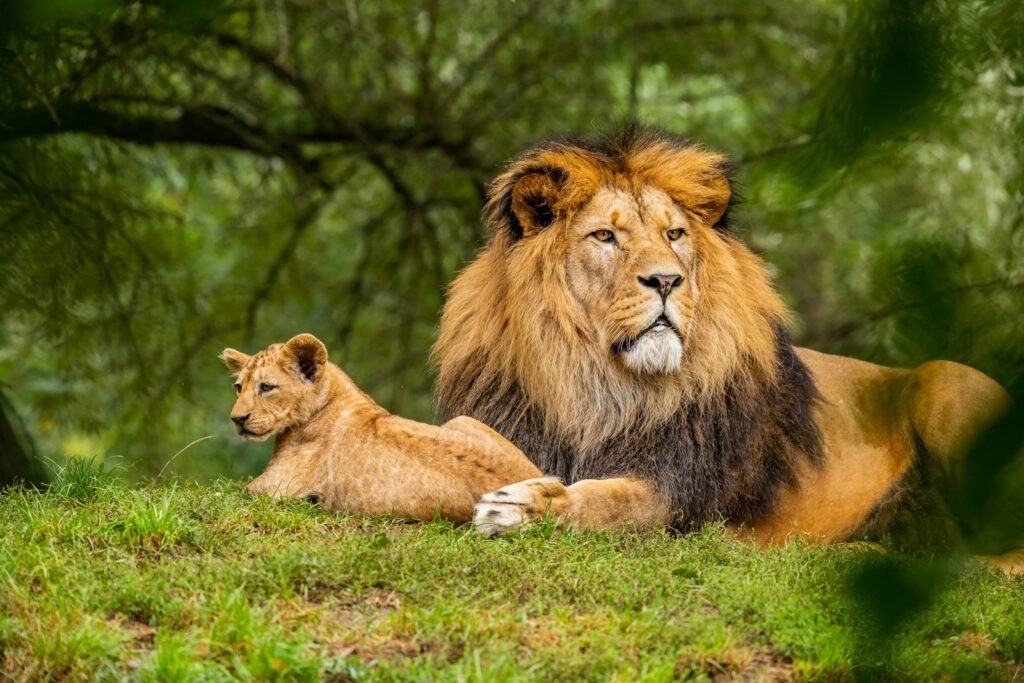
The reintroduction of apex predators to parks and protected areas represents one of conservation biology’s most powerful tools for ecosystem restoration. From regulating food webs and enhancing biodiversity to improving climate resilience and creating economic opportunities, these keystone species deliver benefits that extend far beyond their immediate hunting impacts. While challenges in human-predator coexistence remain, innovative approaches to conflict mitigation and community engagement continue to evolve, offering pathways toward sustainable coexistence. As our understanding of ecological relationships deepens, the case for restoring nature’s top hunters only grows stronger. In bringing these magnificent animals back to landscapes where they once roamed, we don’t merely preserve species—we revitalize entire ecosystems and reconnect with the wild, dynamic nature of healthy landscapes that shaped our own evolutionary history.

